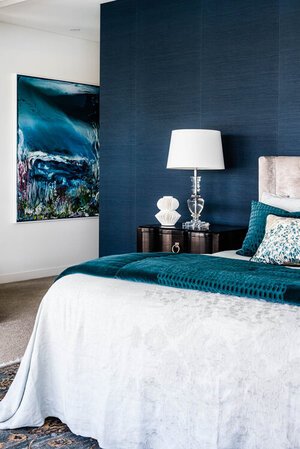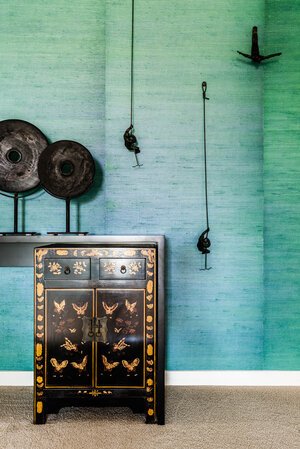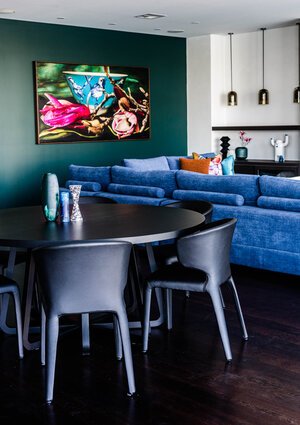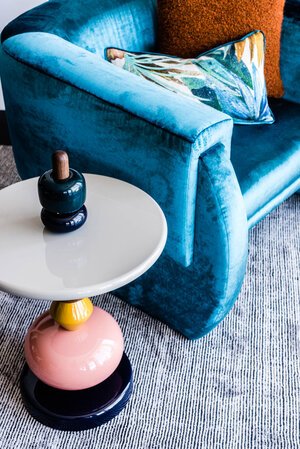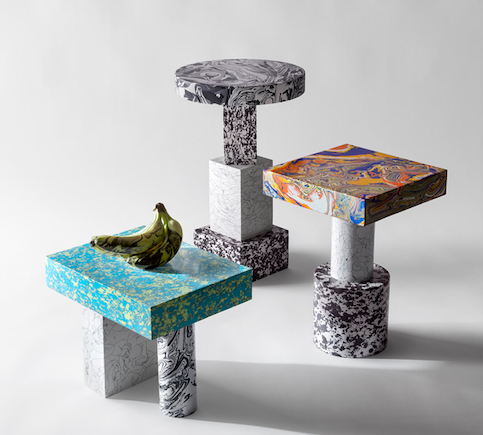Designs we live in: Creative Director of Design & Co, Grainne Devlin
With over 15 years of experience in commercial and residential design, Design and Co’s Founder and Creative Director Grainne Devlin has worked on many projects, creating design solutions and providing concepts which can change how people live or work in their space. So, what does someone who’s curated an interior design repertoire over 15 years hold as her design philosophy?
Grainne’s design work catapults us into a design utopia, and steers clear of colour and pattern fear. Her work can astutely be defined as interior artistry, in its carefully considered, deliberately individual and wholesomely functional approach. Her vision for her own home was to create a space that envelopes calm, warmth and refinement, and hosts a holistic approach for everyday living.
Sitting down with Grainne we hear about her favourite spaces in her home, what she believes is truly important in designing a home, and how her world became all about interiors.
We know you’ve been in your current home for a little over a year now, what has become your most used space?
Our most used space is also our favourite space. We have a great little front porch, which sits above the garden. It is private for when we want to sit and relax, but also has street front for when we want to chat with our passing neighbours and friends. The porch is in the perfect north facing position catching the morning sun, so sitting here for our morning cup of tea is a great way to start the day. It’s also beautifully cool in the warmer summer evenings, so we can have a wine and catch some of the afternoon breezes. Most importantly, Maggie has a “lookout post” here, where she sits patiently and barks at her puppy friends passing by.
There isn’t much furniture on the porch, apart from our Magnolia trees, which allow privacy and shade when we need it, we have some super comfortable outdoor chairs. Purchased many years ago, they are well used, but prove that buying great quality stands the test of time.
When someone wants to begin designing their space, where do you recommend they start?
“We always ask people to think about what currently works well for them in their current space, and what doesn’t work so well.”
— Grainne
Functionality is so important, and making a space that is well thought out does take time. We like to get to know our clients, and are also interested in what they feel they are “missing” from their space. We want to know what are must haves, nice to haves and of course what would they love to have but feel they can’t.
What are some current trends/upcoming trends you're loving at the moment?
We aren’t really a design firm which follows trends as they can come and go, we believe that a well designed space should have longevity. However, we do of course keep a close eye on what fabulous new materials, finishes and furnishings are available. We are loving that the use of colour, and the layering of textures are becoming more normalised rather than a minimalist feel, and we are fully embracing the reusing of materials to give them a new life for example the fabulous swirl tables and sculptures by Tom Dixon.
These geometric forms are stacked upon each other to comprise Swirl, multidimensional, functional sculptures by Tom Dixon. The pieces are manufactured using powder residue form the marble industry – this substance is mixed with pigment and resin to transform into ‘blocks of material that can then be sawn, sliced and turned on a lathe’.
Why did you decide to become an interior designer?
I have always been fascinated about how our environment affects how we live and how we feel. Think of how you feel when you get a new outfit or a fab new pair of shoes, you really can feel amazing. When we use design to change and improve our surroundings and habitat - this can feel amazing on a whole new level, and even help to improve our productivity.
Tell me about your design philosophy?
Our philosophy and ultimate goal is that our designs delight our clients. Delight can come in different forms for different people, this is where empathy comes in, but most likely we hope that using a mix of form, function and value to create that often intangible emotional connection to a well designed space.


